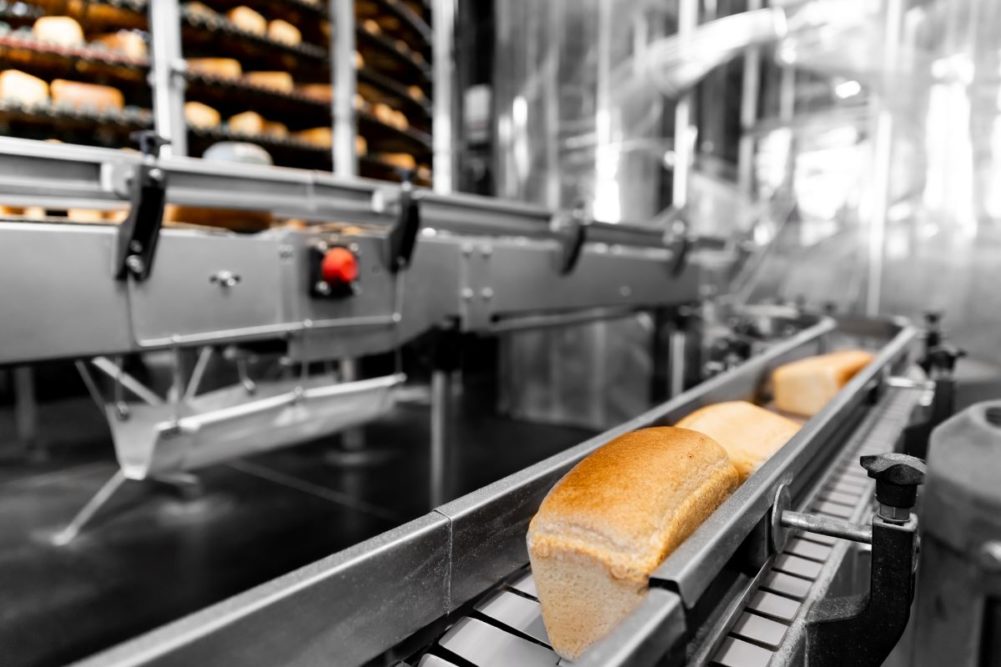KANSAS CITY — Capital spending has fallen under the microscope with margins compressing under the weight of rising costs, labor shortages and supply chain issues, prompting bakeries and snack producers to examine the return on investment (ROI) with renewed vigor.
Normally, such an environment makes it more difficult for plant managers and the operations team to justify investments, but these times are anything but normal for most companies. Traditionally, ROI has been straightforward. Now, the calculation for ROI involves having enough labor to run the plant or operate it at full capacity.
Bakeries today are adding risk management into the formula for investing. Call it R+ROI or ROI 2.0. Historically, many bakeries have focused capital spending on mixing, makeup and packaging that offer the quickest ROI with a low initial capital investment.
However, automating ingredient handling is also getting a close look as companies find themselves turning away new business while struggling to consistently meet demand from existing customers. Specifically, the top reasons for automation and capital investment are more consistent quality, increased capacity and eliminating manual labor, such as lifting and repetitive motion, noted the “2021 Workforce Gap/Automation Industry Study,” conducted by Cypress Research for Baking & Snack magazine.
The survey of bakers indicated that recipe handling and traceability software along with other recipe-driven systems and the use of totes topped the list. More than a quarter of smaller to mid-size bakeries with sales under $100 million indicated they are planning to purchase or upgrade micro and minor ingredient handling systems.
When it comes to ROI, remember risk to reap rewards in the long run.





